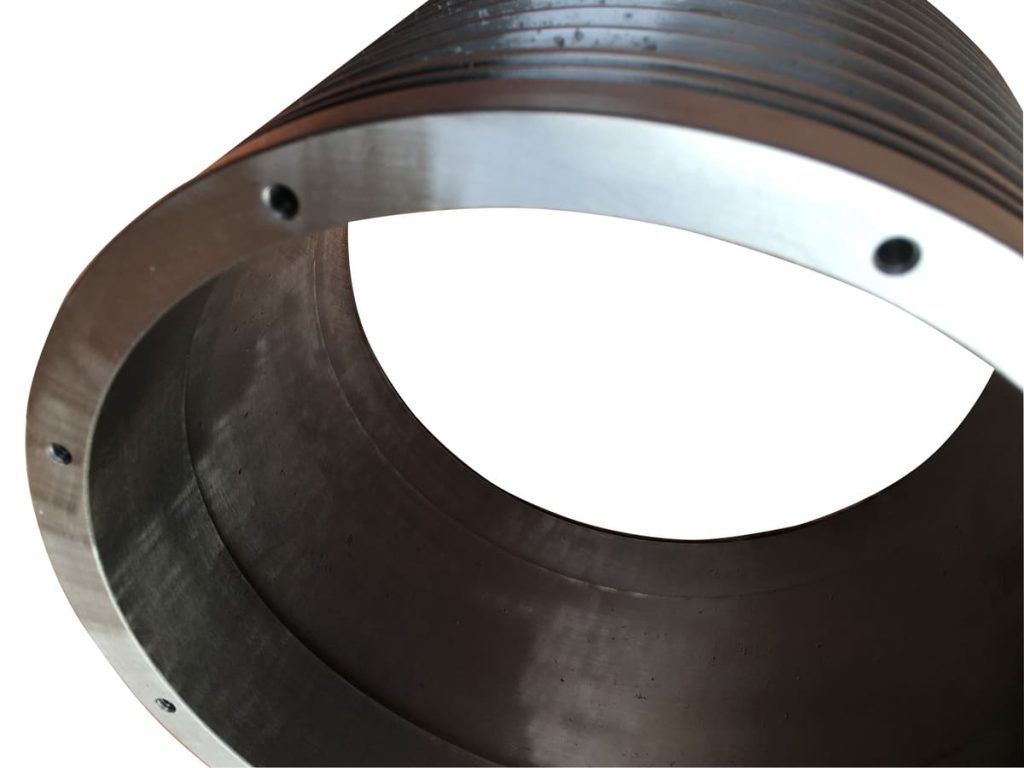Investment casting, also known as precision casting or lost-wax casting, is a versatile and established process that has been utilised for centuries. One of its prominent applications is in the manufacturing of various auto parts. Below, we delve into the different facets of this application, providing a detailed understanding of how investment casting plays a crucial role in the automotive industry.
Investment casting is renowned for its ability to produce components with complex shapes, high precision, and excellent surface finishes. In the automotive industry, these characteristics are indispensable, as they directly contribute to vehicle performance, efficiency, and safety. Auto parts manufactured through investment casting include engine, transmission, suspension, and other intricate details.












